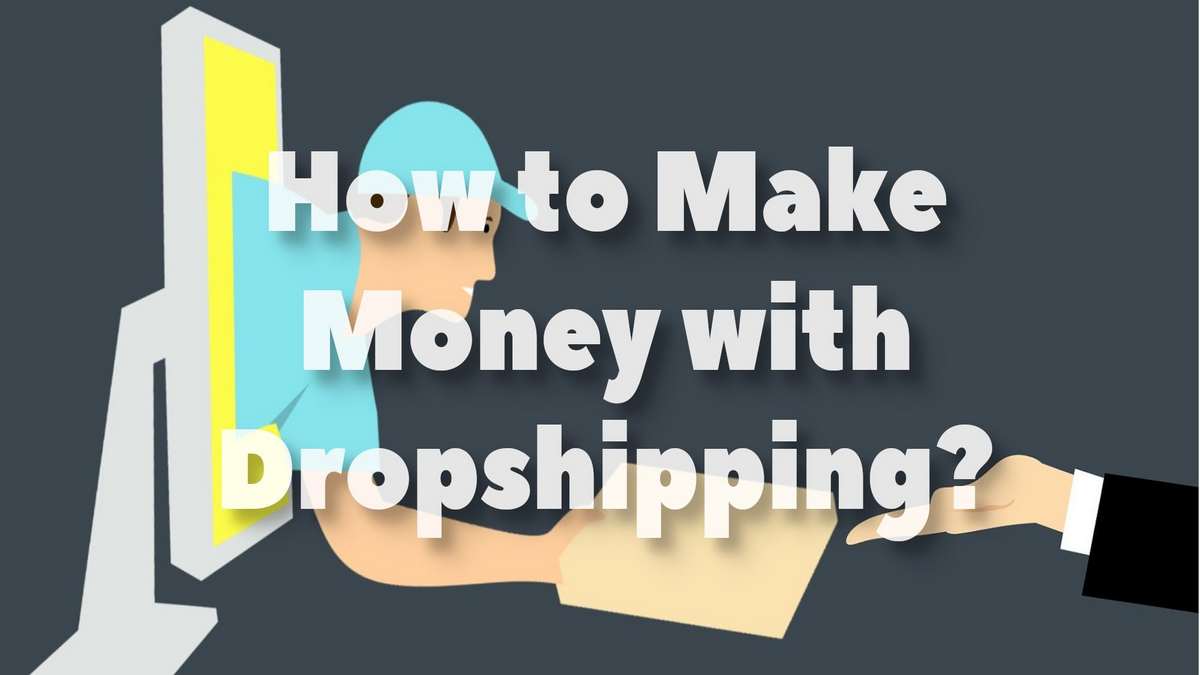
As prospective customers progress through their sales journey, they follow a demand generation funnel. Each stage of this demand generation funnel aims to expose potential buyers to information and experiences to help them make informed decisions.
Demand generation funnels are crucial to attracting the right prospects, converting leads, and generating revenue.
You must educate your prospects in the sales funnel to create demand for your products or services. This comprehensive lead nurturing process can build a successful demand generation strategy.
Demand Generation: What Is It?
Creating demand for your products and services involves a variety of activities. Since you’re focusing on the entire customer lifecycle, this is a holistic marketing strategy.
Customer journeys can be mapped using different frameworks, such as sales funnels or maps. You create demand for your product or service with demand generation campaigns. The activities are designed to raise awareness and create a need for it.
Comparison of Demand Generation and Lead Generation
There is a difference between lead generation and demand generation. These two concepts may be used interchangeably in content. But, when comparing demand generation with lead generation, there are some significant differences to keep in mind:
Demand Generation
Using a demand generation strategy will educate your audience about your product or service. To create awareness and generate demand, you must demonstrate how your product or service can solve a pain point.
Lead generation
The process of generating leads differs from that of generating demand. Targeting a specific profile among your prospects is usually part of a lead generation strategy. Marketers often use lead generation to target more qualified or higher-converting audience segments that have been identified through the demand generation process.
Let’s look at the various steps involved in creating a demand-generation funnel.
Step 1 – Creating awareness.
The awareness stage is at the top of the funnel. You’re not known to your customers, but they have a problem that needs a solution.
The purpose of this stage is to build awareness and demand, rather than pitching your solution. In-depth guides, checklists, webinars, and industry news are all examples of demand generation best practices.
As part of your B2B demand generation funnel, establish your brand as an industry leader that solves the most significant problems of your target market.
Step 2: Generate demand.
It would be helpful if you turned on the charm as soon as people learned about your brand. There is a problem that your prospects want you to solve for them.
It is now time for prospects to learn more about your business, values, beliefs, and how you can help solve their problems. Making their lives as simple as possible is the goal at this stage.
The educational content you provide here can be a little more detailed. Furthermore, longer white papers, mid-level guides, email courses, and webinar series can cover more advanced tactics.
Step 3: Determine what the intent is
Part of demand generation is to provide customized advice based on each client’s specific needs, industry, and company. This is where you’ll demonstrate your value, ideally, without bragging about it.
Offering various calculators and tools are helpful at this point and can help potential leads determine if you’re a good fit. Account-based marketing is another effective strategy for tracking buyer intent signals at this stage.
Step 4: Gather demand data
MQLs have now been handed over to sales. It is essential to remember that these demand gen strategies also follow through to the point of conversion.
It is common to sign up for demos and offer free trials at this stage. Your overall strategy may include LinkedIn retargeting or social selling.
Step 5: Gain customer loyalty
This is the result of your hard work. When you convert leads, they become paying customers. At this stage, demand still needs to be generated to keep the funnel full. But you should also prioritize engaging with your active customers to earn their loyalty and future business.
Keep your value proposition consistent and focus on the ROI you deliver. Why is your solution the best? What sets you apart from your competitors? If they sign, how can you ensure they receive value from you in the future? What other solutions are they looking for?
Analytics for Measuring Success
It’s great to have emotional connections, but ultimately, you and your boss want to see the numbers. So during the buyer’s journey, marketing analytics provides a detailed breakdown of what worked and what didn’t.
In the case of your sales team, it is easy to look at revenue and use that as the primary measure of success.
Each team should define the appropriate metrics to receive accurate data and refine methods. Decide on what data is directly relevant to your decision-making when discussing what data to track.



